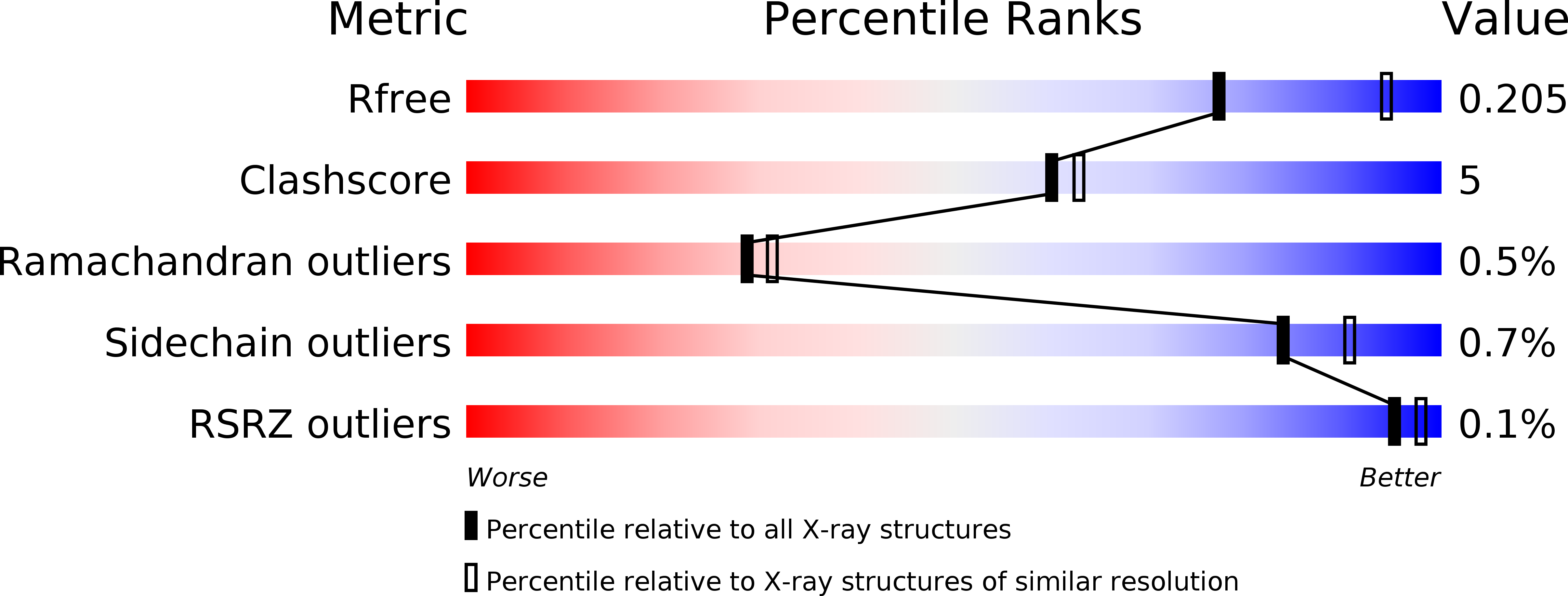
Deposition Date
2014-09-18
Release Date
2015-07-29
Last Version Date
2024-11-20
Entry Detail
PDB ID:
4WGF
Keywords:
Title:
YcaC from Pseudomonas aeruginosa with hexane-2,5-diol and covalent acrylamide
Biological Source:
Source Organism:
Pseudomonas aeruginosa (Taxon ID: 208964)
Method Details:
Experimental Method:
Resolution:
2.34 Å
R-Value Free:
0.20
R-Value Work:
0.17
R-Value Observed:
0.17
Space Group:
C 1 2 1


